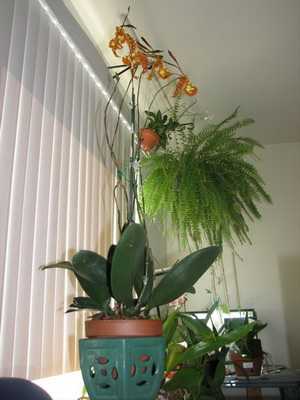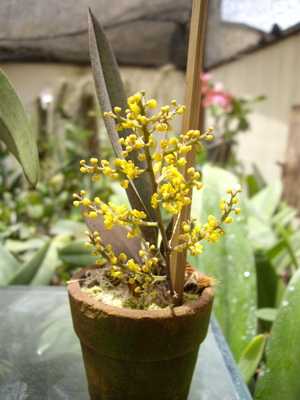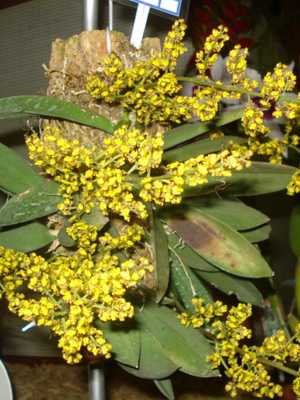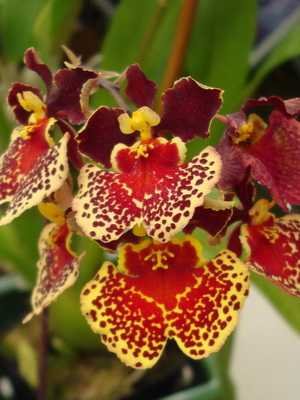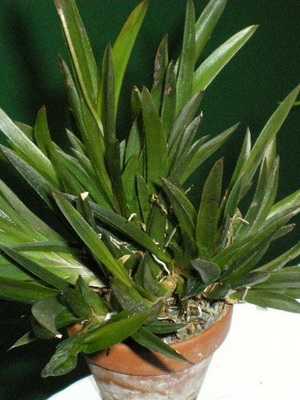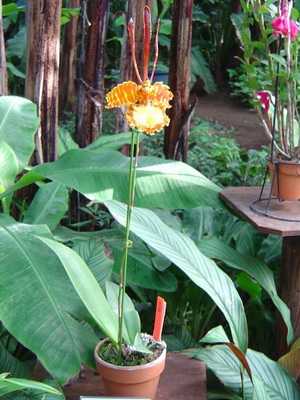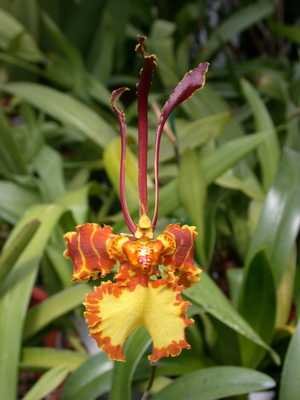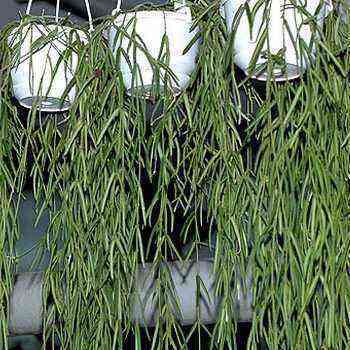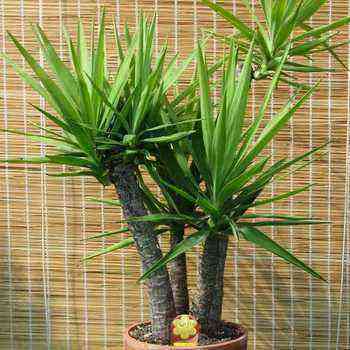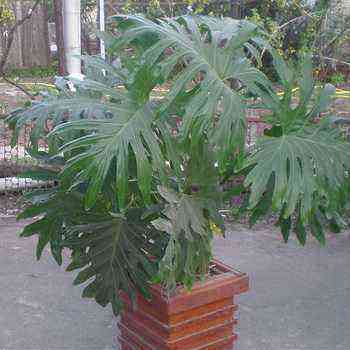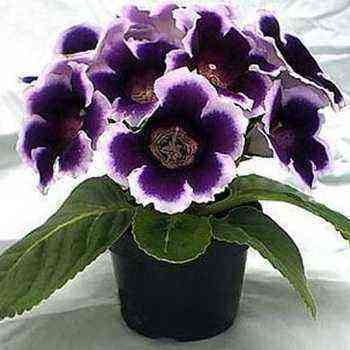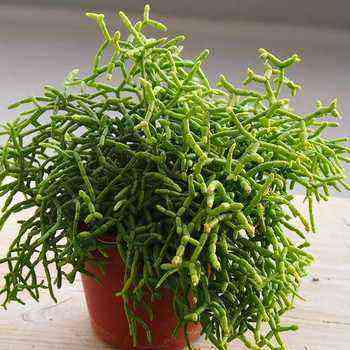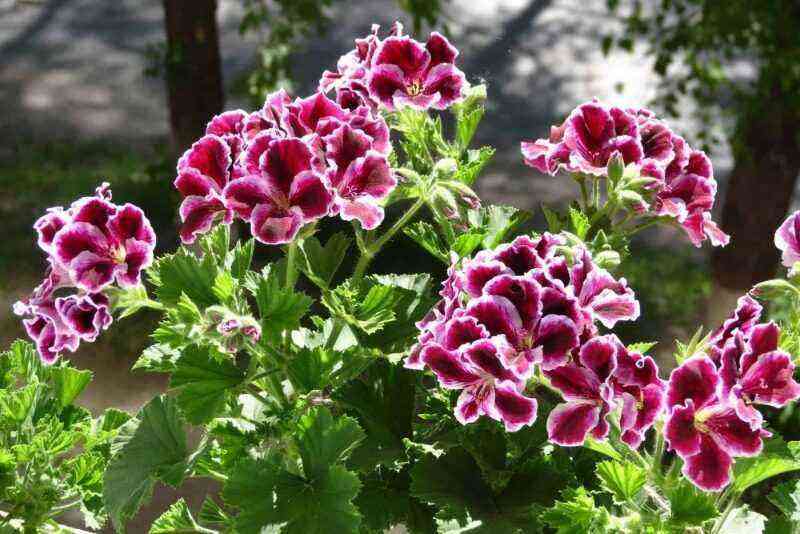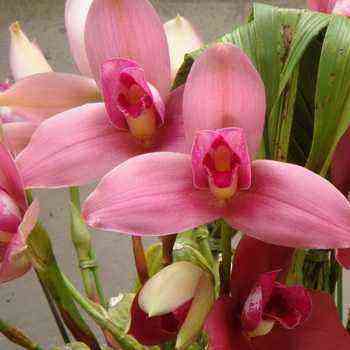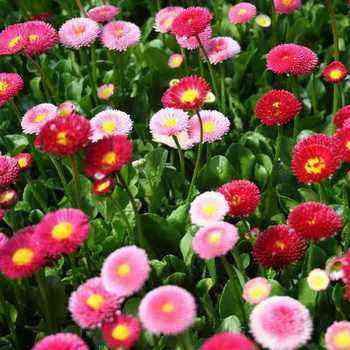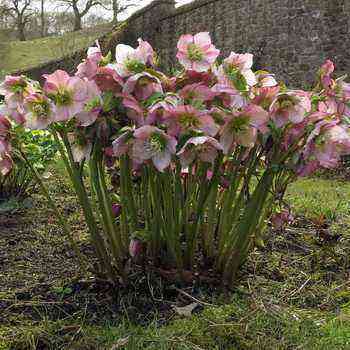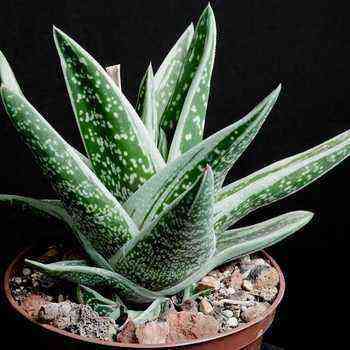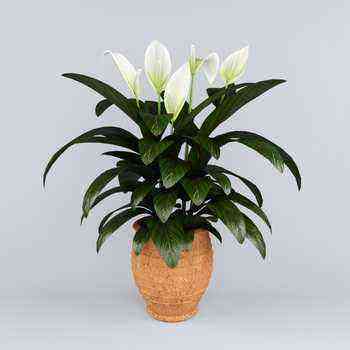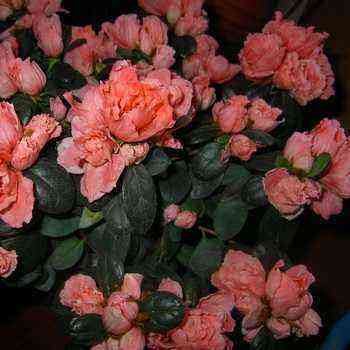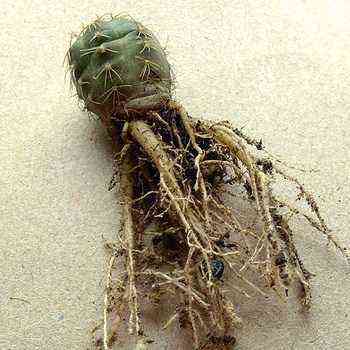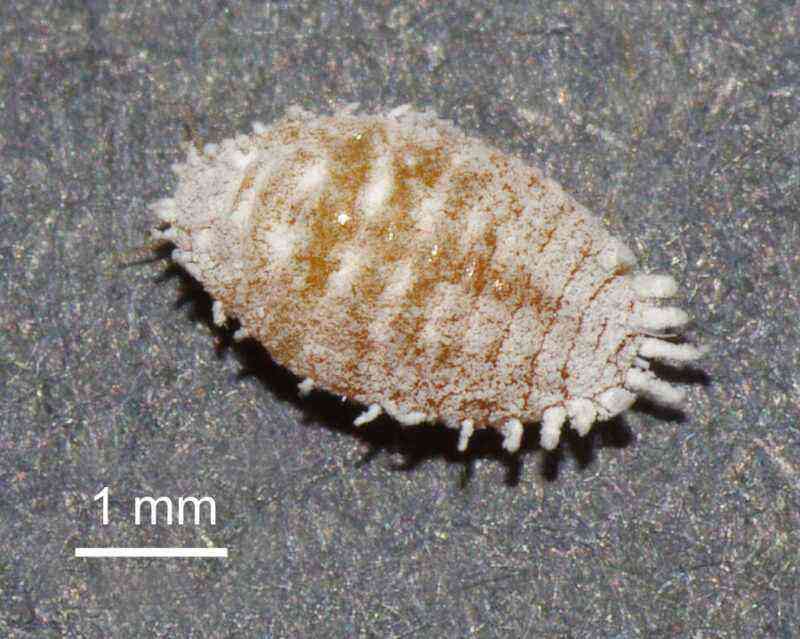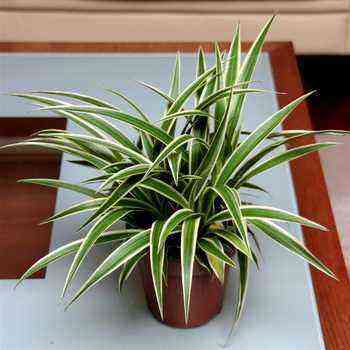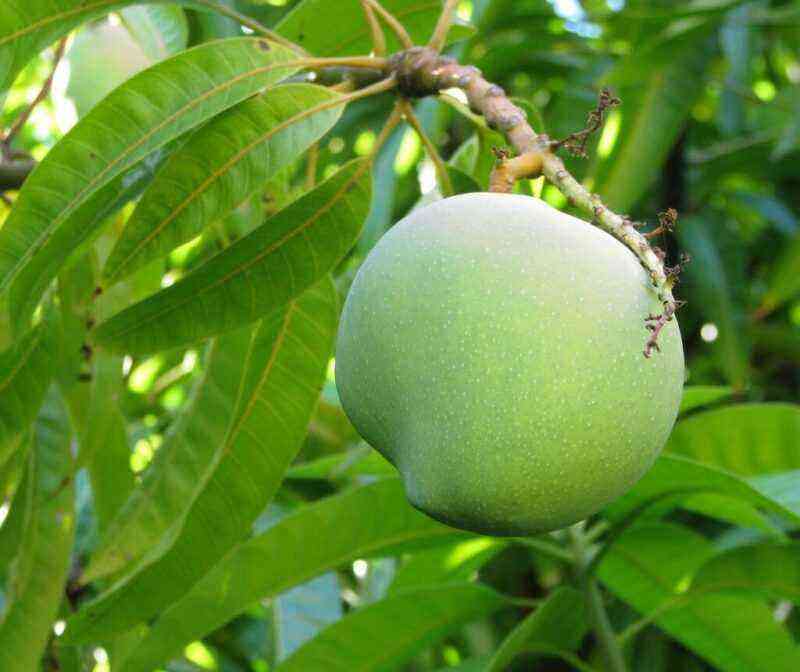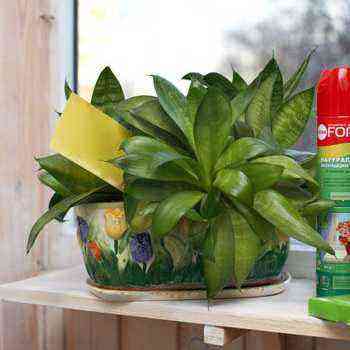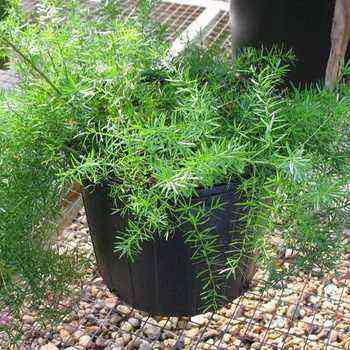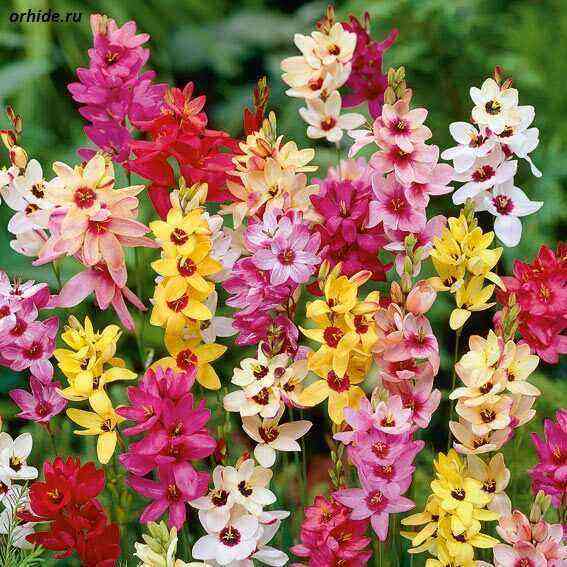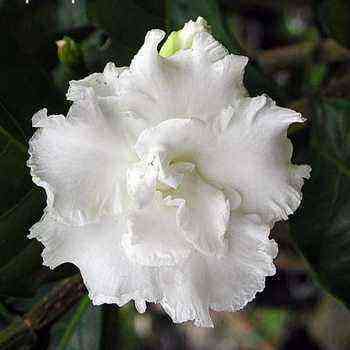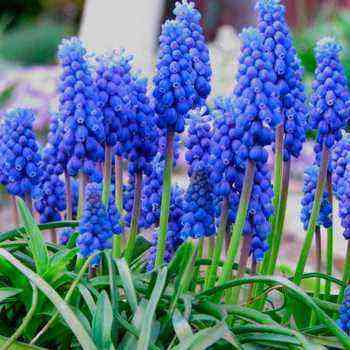
Representatives of the genus are orchids with medium-sized, usually yellow flowers of a characteristic shape (with an enlarged “lip”), collected in beautiful paniculate inflorescences. Most species bloom from spring to autumn and have a dormant period in winter. In culture, they are grown as indoor plants or in greenhouses and window flower beds. Miniature species can be grown in block culture.
Pay attention to the photo of the oncidium orchid of the most spectacular type – moth orchid. This “Butterfly orchid” (Oncidium papilio), grows naturally in the mountain forests of Venezuela, Colombia, Peru, Ecuador and Trinidad.
Another interesting Brazilian species is curly oncidium (Oncidium crispum), in a branched, arched inflorescence, of which there are 25-30 flowers up to 7 cm in diameter. Tepals are brown with yellow edges. Lip of the same color with a yellow spot in the center. The plant is grown epiphytically or in pots on a coarse-grained substrate made from pieces of bark. Blooms from autumn to spring.
In addition, orchid species such as low oncidium (Oncidium pumilum), oncidium onion (Oncidium cebolleta) and many others.
Oncidium orchid flower care
Before you start caring for an oncidium at home, it should be remembered that this orchid prefers a warm, moderate or cool content. In summer, the optimal temperature during the day is up to +25 ° C, and at night + 18 … + 20 ° C, in winter not lower than +15 ° C
Most plants are very light-requiring, preferring bright diffused lighting. South, east and west windows are preferred. Additional illumination with fluorescent lamps is possible, because with a lack of light, the buds dry up and fall off.
Like most orchids, oncidiums do not tolerate moisture stagnation in the root zone.
Tolumnia orchid and its photo
Tollumnia orchid (TOLUMNIA) – a genus of perennial epiphytic and lithophytic plants, widespread in culture and previously belonging to the genus Oncidium. Most of the species are common in the West Indies, one species in Florida. The genus is named after Tolumnius, a soothsayer who fought on the side of Turnus against Aeneas.
Small to medium sized plants with little or almost no pseudobulbs. Rigid, often branching peduncles bear multi-flowered inflorescences with small flowers (1-3 (4) cm in diameter).
Pay attention to the photo of tolumnia – the lip of the flower is much larger than the rest of the tepals, often has a complex structure. Flowers of the most varied colors.
Most Popular tolumnaya tiger (Tolumnia variegata) (more commonly known under the outdated name Oncidium variegatum).
Most species can bloom twice a year in favorable conditions, many hybrids can bloom up to three times a year.
All species of the genus Tolumnia easily interbreed with each other and with representatives of the genus Oncidium, which led to the creation of many beautiful hybrids.
Tolumnias belong to a group of easily cultivated orchids that do not require a dormant period. Tolumnias are watered more often than plants with bulbs. However, plants do not tolerate stagnant moisture in the root zone.
Orchid psychopsis
Race psychopsis (PSYCHOPSIS) was only recently isolated from oncidiums. In nature, psychopses are found in Central and South America.
Pseudobulbs of plants are univalent. The leaves are very decorative, with a brown mesh. Peduncles are long (up to 1 m), appear at the base of pseudobulbs. The type of flowering of the orchid is “revolving”, that is, first one flower appears, as it blooms, the next one appears. The flowers of the psychopsis orchid in their shape resemble butterflies or moths, rather large.
This type of orchid belongs to a moderately warm temperature regime. In summer, the optimum daytime temperature is up to +25 ° C, and at night + 18 … + 20 ° C, in winter it is not lower than +15 ° C. it is desirable that the difference between day and night temperatures is about 5 degrees.

